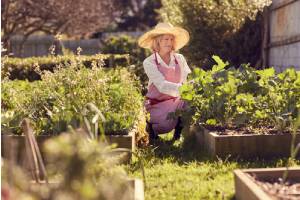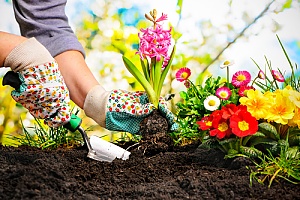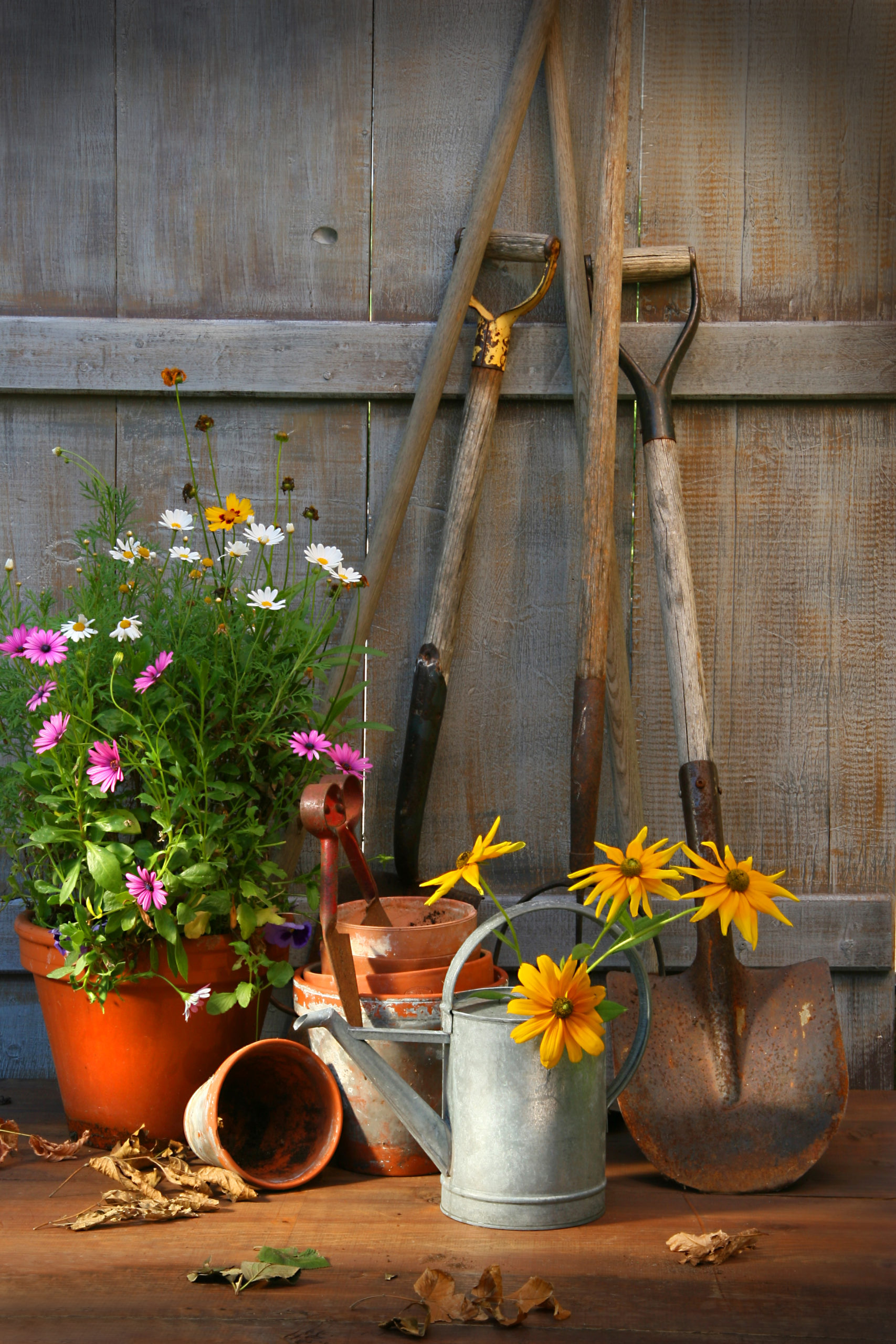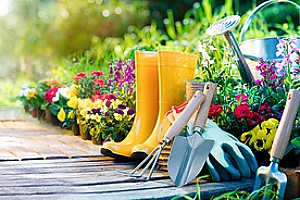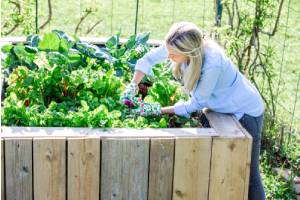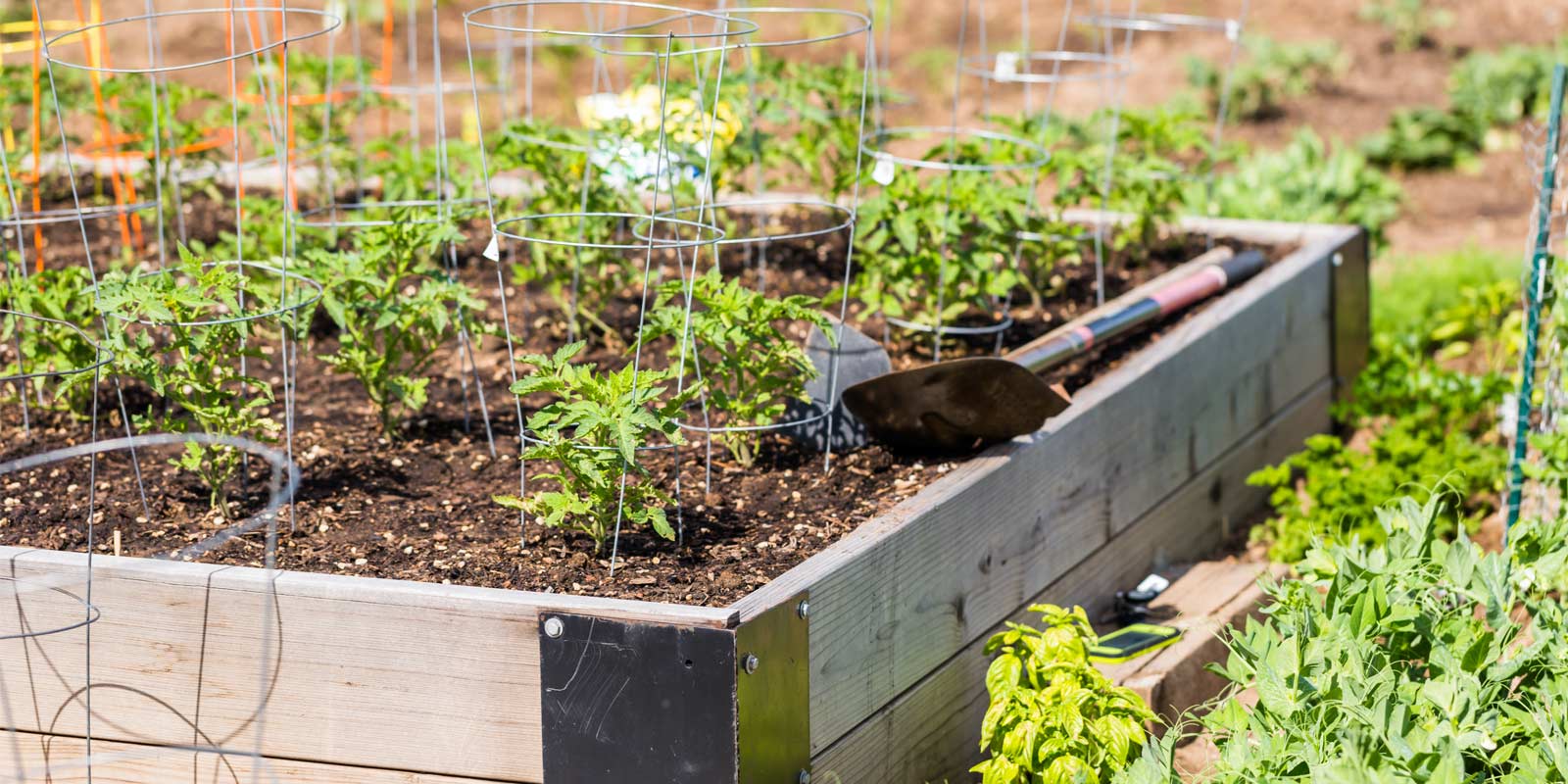 Many times we buy plants on impulse then find there is nowhere in the garden that really suits them. Before buying plants carefully examine your garden to see how much sun and shade it gets, whether the soil is well drained or waterlogged and whether your aspect is sheltered or windswept. You’ll then be equipped to go and buy the best plants for your situation; shade-loving plants for the sheltered areas, sun-lovers for the warm spots, drought-resistant plants for the parched areas which may be either sunny or shaded, and swamp plants for the poorly-drained parts. Study to make the best for your garden.
Many times we buy plants on impulse then find there is nowhere in the garden that really suits them. Before buying plants carefully examine your garden to see how much sun and shade it gets, whether the soil is well drained or waterlogged and whether your aspect is sheltered or windswept. You’ll then be equipped to go and buy the best plants for your situation; shade-loving plants for the sheltered areas, sun-lovers for the warm spots, drought-resistant plants for the parched areas which may be either sunny or shaded, and swamp plants for the poorly-drained parts. Study to make the best for your garden.
Best Soil
But wait! Test your soil first, to determine the pH level of your soil and what kind of nutrients you need to add, if any. Is the soil acid or alkaline? Most plants prefer soil that is slightly acidic, but there are some that must have alkaline soil to grow. You can alter the soil’s pH level, but it’s much easier to simply plant for the soil you have.
Plant Your Garden
Now you are ready to plant. Well – almost. Will you plant in groups or singly? If you buy ‘one of everything’ your garden may seem rather spotty. Group plantings are organised, harmonious and you can vary the color for interest.
Plant Layout
Before planting out, place your chosen plants around the garden bed in their pots to see how they will look. Re-arrange them until you are satisfied. Grouping plants in sets of threes or fives usually looks better than planting in groups of even numbers. Be sure that you have an interesting combination of colors and textures of plants. Tall plants should go to the back, or the center if your garden will be viewed equally from all sides. Try to keep your plants away from trees. The roots of trees are fiercely competitive and will steal all the nutrients and moisture meant for your flowers.
Beautiful Colors
The right color scheme is one way to maintain the harmony in your garden. Imagine the color of the flowers when they are in bloom. Some colors may clash with others, but can still be planted side-by-side if they have a different blooming season. Foliage color is also important. Many flower plants have silver, grey or purplish foliage that is just as attractive as the flower. This means that they are still attractive well past the blooming season and so have added value.
The Best Gardening Tools
Different kinds of gardens require different kinds of garden tools. Hardware stores mostly cater for a wide range of tools, but there are shops that specialize in the more expensive kind of garden tool that shouts quality. Wherever you decide to shop, here are a few pointers to advise you.
Do you have small garden or a large one? A small garden will not require the same large equipment that would be of use in an extensive one. A ride-on mower is unnecessary if you only have a small strip of lawn. Another point to consider is who does most of the gardening? Some tools are too heavy for use by women.
Secateurs
When you buy secateurs make sure the blade always stays sharp to avoid damaging the plant. Look for models that have blades that can be sharpened or replaced, models with tension control and with sizes that best fit your hands. Secateurs usually cost around $50 – $130.
Trimmers
Hedge trimmers or shears are handy – but only if you have a hedge, or plan on growing one. Some hedge trimmers have curved blades to stop branches from sliding out when cut.
Forks
Forks are used for turning and aerating compost and breaking up lumps of soil. The cheaper ones are often not strong enough for heavy soil, so go for sturdiness instead of price. Forks usually cost around $30 – $100.
Shovel
A shovel has a scoop blade and is best used to move around dirt and garden soil. A spade has a flat blade great for cutting edges, digging and dividing plants. The edge of a spade should be kept sharpened for clean and efficient cutting will cause the least amount of damage to plants. These are a basic garden necessity and usually cost from $30 – $50.
Saws
A pruning saw is used for pruning trees and larger shrubs, while secateurs are for plants like roses. Pruning saws have a narrow curved blade that fits between stems or branches and easily and cuts them as you pull the saw backwards. They are approximately $27- $55.
Hoe
A chipping hoe is a handy tool for getting rid of small weeds. The Dutch or push-hoe is slightly more user-friendly as the action required to use it does not jar the neck and shoulder quite so much.
Rake
A rake is also a basic requirement for the garden. The strong rake with the flat head and sharp metal prongs is used for smoothing a garden bed and getting out the last of the bumps and weeds. The plastic rake is used to gather leaves and grass clippings only.
Gardener’s Best Gloves
Here are the major reasons why one should consider getting a pair of trusty gardening gloves:
Gloves protect your hands from blisters, thorns and cuts while doing rough work like digging or pruning in the garden. Investing in one or more pairs of quality gloves is a good decision.
Here are some tips on how to choose the pair that will suit you best:
- Look for quality leather gloves with a cloth back; this will let the gloves breathe and keep your hands dry, cool and comfortable.
- If mud bothers you, select rubber gloves with cotton lining
- When spraying pesticides or chemicals choose gloves that are made from neoprene. Gloves made from latex or any type of plastic may not offer the best protection.
- When pruning roses, use gloves that reach up to the arms.
- If you usually operate large garden machinery, buy gloves in brown instead of red as the latter may dye your hands.
- Light cotton or even fingerless gloves may be useful for transplanting seedlings. They will allow more dexterity and so help to prevent the tiny roots from being crushed.
- And of course, make sure that the gloves you buy actually fit your hands. If you have small hands, try the children’s gardening section. there’s nothing worse than trying to garden is gloves that are too big.
Your gloves must be comfortable as well as give protection to best serve your gardening needs.
Gardening tools don’t have to be expensive. Flea markets and garage sales can be excellent places to pick up great tool bargain.
Selecting the Right Gardening Tools for Your Needs
Choosing the right gardening tools is essential for maintaining a healthy and beautiful garden. When selecting tools, consider the size of your garden and the type of work you will be doing. A small garden may only require basic tools like a shovel, rake, and secateurs, while a larger garden might need more specialized equipment such as hedge trimmers or pruning saws. Quality and comfort should always be prioritized to ensure your gardening tasks are efficient and enjoyable.
Summary

Dirt Connections was started with one goal in mind: providing quality residential and commercial construction services to clients on time and on budget. Reach out for more information on how we can support your next project.
For your convenience our estimates are free and by appointment. Call 703-940-9949 for a free estimate today!

